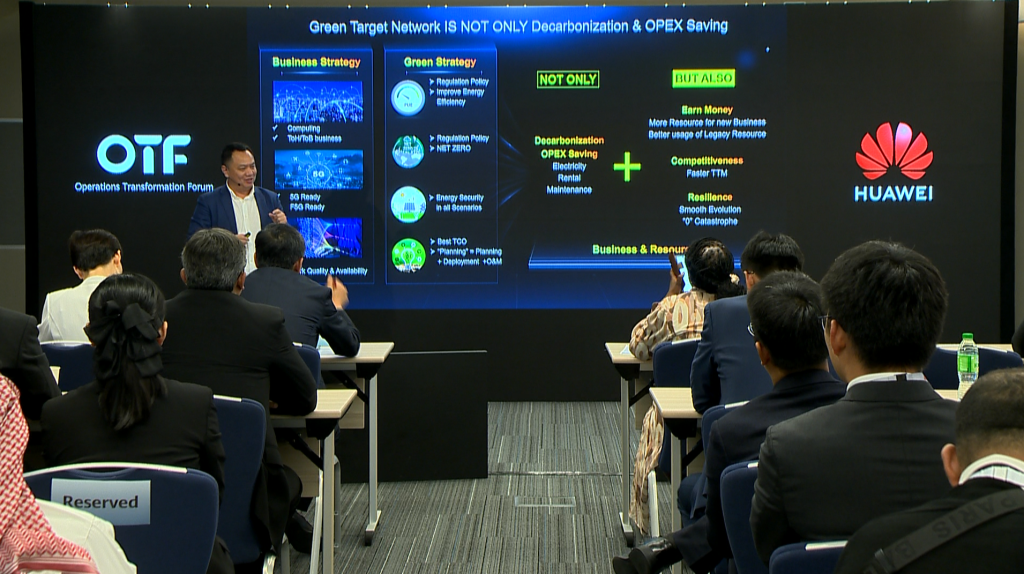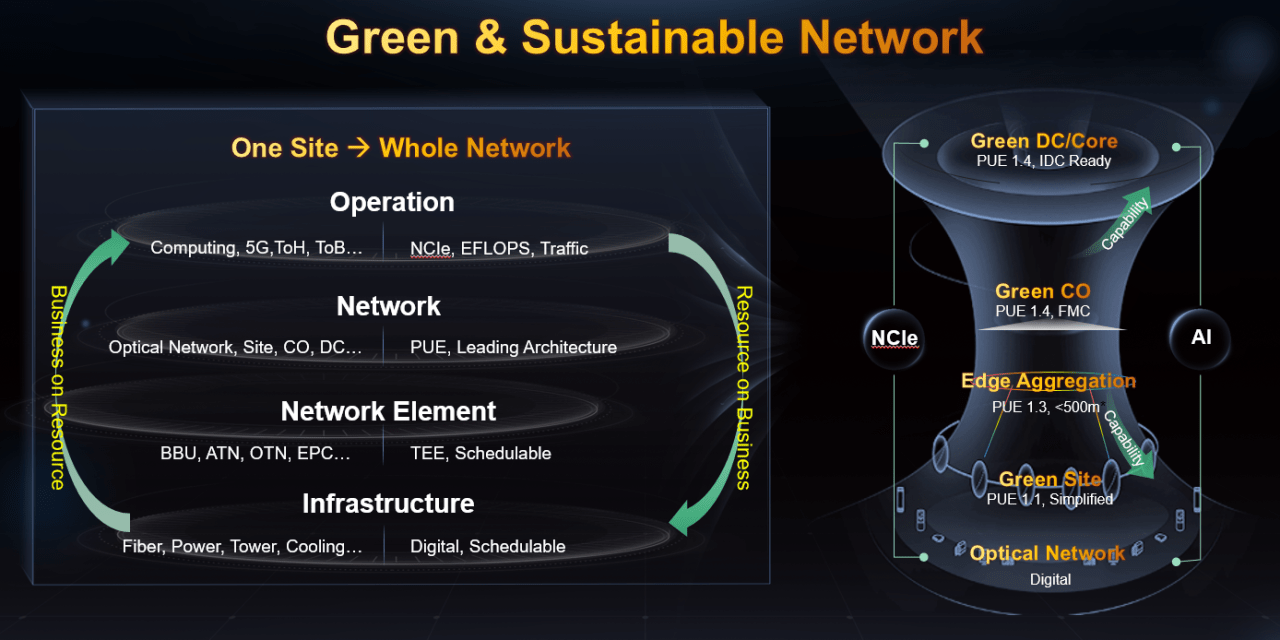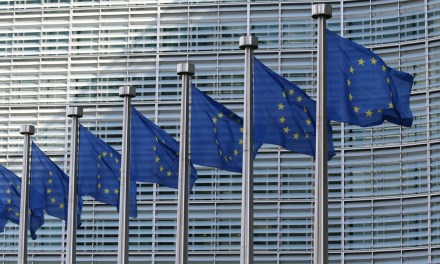VIEWPOINT
Huawei held the Green Development Forum at the OTF (Operations Transformation Forum) and reiterated that green transformation is not only about energy saving, but also about making money, improving network robustness, connecting the unconnected, activating the silent asset, and enabling green economy and intelligent development.

Back at the Digital Transformation World (DTW) 2023 in September, Huawei and China Mobile jointly released the Green Management White Paper, which conveys part of the idea of the Green and Sustainable Network and makes the case for carriers to standardize green management and promote the cooperation between the ICT sector and vertical industries in order to implement sustainable development.
As the world increasingly recognizes the importance of sustainable practices and environmental responsibility, it is imperative that we address the ecological impact of ICTs and ensure their alignment with global sustainability goals.
China Mobile released an innovative three-energy and six-green development model in 2021 to continuously reduce carbon emissions. However, there are some challenges in the process of green transformation, such as maintaining business growth and user experience while saving energy, systematically managing the carbon emissions and energy efficiency of such a complex and massive network.
That’s why Huawei and China Mobile cooperated deeply to explore a Green and Sustainable Network.
Firstly, this project builds a complete indicator system to evaluate the green and sustainable network, such as NCIe which adheres to ITU L.1333 standard, and establish the baseline. In addition, correlation analysis is performed between NCIe and TEE, NEE, RER indicators. A green and low-carbon operation platform is developed and piloted in 10 provinces, which enables visible, manageable, and optimizable management on energy efficiency and drives network planning with the ultimate goal of a green and sustainable network.
Secondly, the target network planned in this project is not based on a single site, but comprehensively and collaboratively based on the whole network, covering all fields such as green sites, edge aggregation, green CO and green DC core equipment rooms, to achieve optimal overall results and architecture in terms of business, experience, and carbon reduction.
In the end, this project supports the ToB industry such as mining and textile, to reduce carbon emissions with VEI (Vertical Enablement Index) which innovatively calculates the carbon handprint and provides an excellent practice on ITU L.1480.
China Mobile and Huawei are actively exploring the construction of zero-carbon sites in Jiangsu and Guangdong through wind and solar energy. More than 50,000 sites have been reconstructed in 20 provinces, including Hunan and Shandong, saving 585 million kilowatt-hours of electricity and reducing carbon dioxide by 334,000 tons every year. These Green and Sustainable Networks support vertical industries such as mining, textile and port industries to reduce their carbon emissions through ICT Ten-fold leverage effect on carbon reduction.
With the green and resilient standards, green operation platforms and digital capabilities, the carriers could optimize network architectures, adjust energy structures, balance business development with green and low carbon, and enable all industries to reduce carbon. Zhou Yu, President of Huawei Network Consulting and System Integration Services Domain, said, “In the process of green network transformation, operators should focus on core issues such as service growth, cyber resilience, and return on investment (ROI). The communications industry should cooperate extensively to build a green management framework, green governance model, and green standard system to support the greening of the communications industry and enable all industries to reduce carbon dioxide.”

















